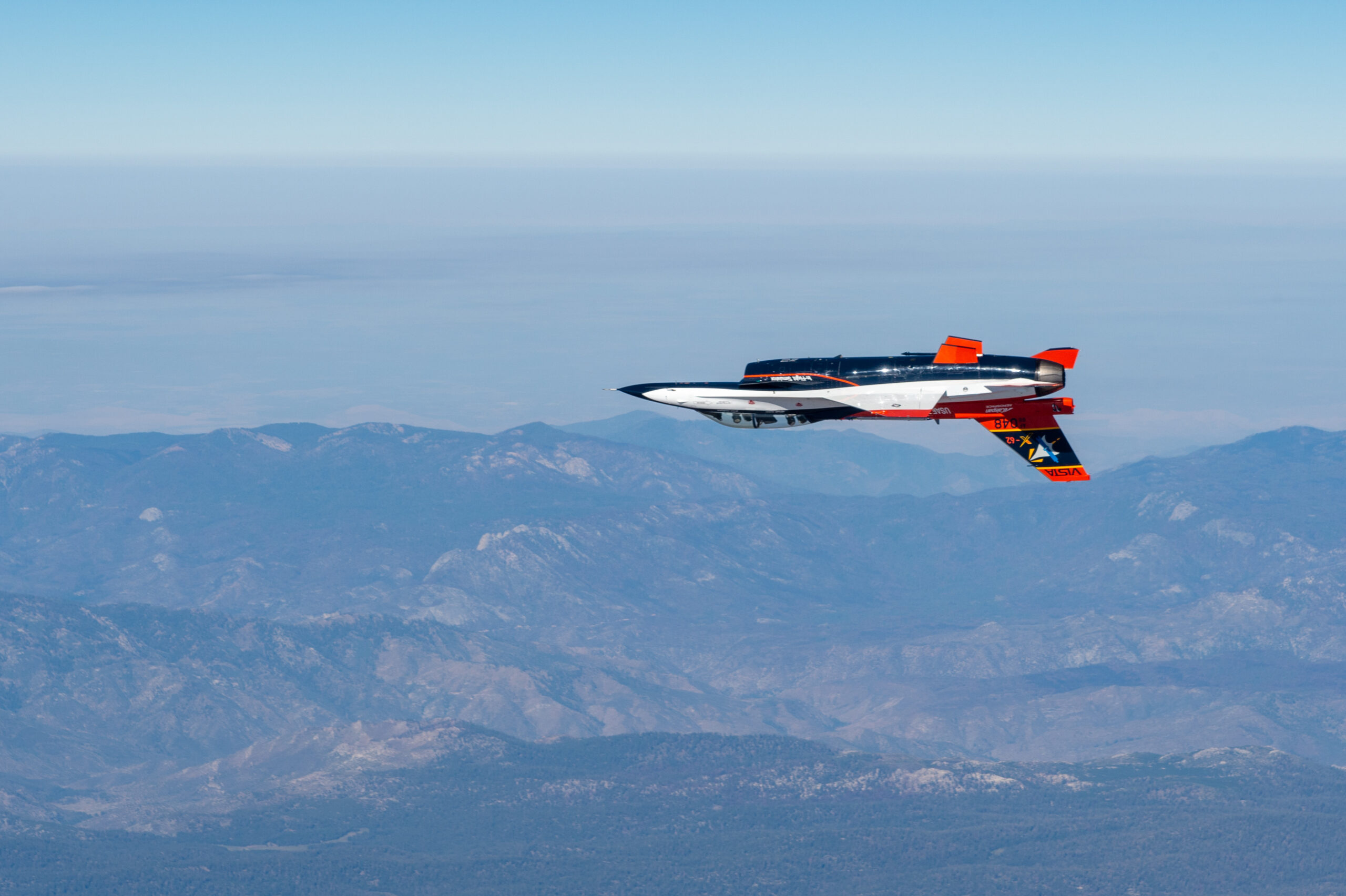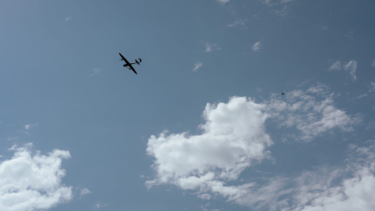In collaboration with DARPA, the US Air Force has for the first time successfully pitted an AI-controlled fighter against manned F-16s in simulated dogfights.
It is a breakthrough in the application of AI in aviation: for the first time, an AI-controlled aircraft has been successfully pitted against manned F-16s in simulated dogfights. The tests with the experimental X-62A VISTA aircraft took place in the fourth quarter of 2023.
As part of DARPA's Air Combat Evolution (ACE) program, the X-62A VISTA flew autonomous dogfight maneuvers against F-16 fighter jets. "The X-62A Team demonstrated that cutting-edge machine learning-based autonomy could be safely used to fly dynamic combat maneuvers," said US Air Force Secretary Frank Kendall in a published video.
"Dogfighting was the problem to solve so we could start testing autonomous artificial intelligent systems in the air," said test pilot Bill Gray, explaining the significance of the breakthrough. "But every lesson we’re learning applies to every task you could give to an autonomous system."
The ACE program paves the way for future military and civilian applications, in which AI can perform complex tasks under extreme conditions and enhance pilot safety. The goal of ACE is human-machine cooperation, an important part of which is human pilots' trust in the AI system - hence the choice of air combat as a particularly critical application.
In the U.S. Air Force's vision, human pilots will work closely with AI co-pilots in the next generation of fighter aircraft, piloting a fleet of AI-controlled drones such as the XQ-58A Valkyrie, which was successfully tested in July 2023. The Air Force plans to invest approximately $5.8 billion in autonomous drones over the next five years.
Air combat tests are a product of the ACE program
Since its launch in 2019, the ACE program has progressed rapidly. A total of three competitions have taken place, the first in November 2019, where prototypes of the systems were presented. In January 2020, the first simulated dogfights took place, pitting the AI pilots against programmed opponents from Johns Hopkins University.
In a third competition in 2020, the AI pilots competed against each other in a tournament for the first time. The flying AI from Heron Systems was able to eliminate the competing AI from Lockheed Martin. It then won five out of five rounds against an Air Force pilot sitting in a virtual cockpit wearing VR headsets.
This AI was then integrated into the experimental X-62A VISTA aircraft developed by Lockheed Martin and Calspan. By 2022, the X-62A had logged more than 17 hours of autonomous flight time, performing advanced combat maneuvers.
Less than a year later, the X-62A demonstrated its capabilities in dogfights against manned F-16s. "In September 2023 we accomplished another world first where we actually took the x62 and flew it against a live manned F-16," explains Lieutenant Colonel Maryann Karlen. "We built up in safety using the Maneuvers first defensive, then offensive, and then high aspect nose to nose engagements where we got as close as 2,000 ft at 1200 miles-per-hour."






